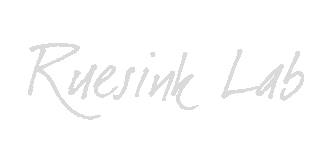 |
Ostrea lurida (native or Olympia oyster, called Shoalwater oyster or Shoalie in Willapa Bay) is a small estuarine species that broods its larvae for several weeks before release. It was common enough in the 1800s to support a vibrant fishery, depleted in just a few decades. Despite the fact that direct exploitation of the native oyster ended and marine reserves have been in place for a century, the species remains rare.
Pacific oysters (Crassostrea gigas) were introduced to Washington state around 1920. They now reproduce and recruit in Hood Canal, Willapa Bay, and parts of British Columbia (including Barkley Sound and Pendrell Sound). They are an excellent species for asking questions about factors contributing to invasion, biogenic habitat transformation, and energetic support of food webs in estuaries.

|
|
 |
Two species of non-native oyster drills (muricid gastropods = snails) hitchhiked on introduced oysters and are now established in Washington state. The Asian oyster drill has been targeted for control, whereas the eastern oyster drill is not of management concern. We are collecting demographic information and developing population models to contrast the two species and look for "weak links" in the life cycle for more effective control.

|
|
 |
How does shellfish aquaculture affect the distribution and abundance of other habitat types, particularly native eelgrass? Direct effects of aquaculture, particularly dredging, may reduce eelgrass, but indirectly eelgrass may benefit from enhanced water clarity and porewater nutrients, provided by the biological activities of suspension feeders.
 |
|
 |
Marine systems harbor tremendous phyletic diversity (i.e. 13 invertebrate taxa that exist in no other habitat). They also display repeatable change in diversity and composition over short spatial scales, for instance along estuarine or tidal elevation gradients. We are studying causes of diversity patterns on cobble beaches in Puget Sound, in collaboration with the Washington Department of Natural Resources. Ultimately, we will develop a predictive model of how different natural and anthropogenic changes affect beach biota. Of course, the biota also reciprocally influence aspects of ecosystem functioning. The tendency in the lab is to focus on the role of high-impact species, for example ecosystem engineers, dominants, and keystone species, rather than diversity per se.

|
|
 |
Species interactions are a theme in the lab, from factors structuring reef fish assemblages in the Caribbean to impacts of subsistence harvest in Alaska. See graduate student web pages to learn more!
|
|
 |
Some selected publications from the lab.
 |
|

